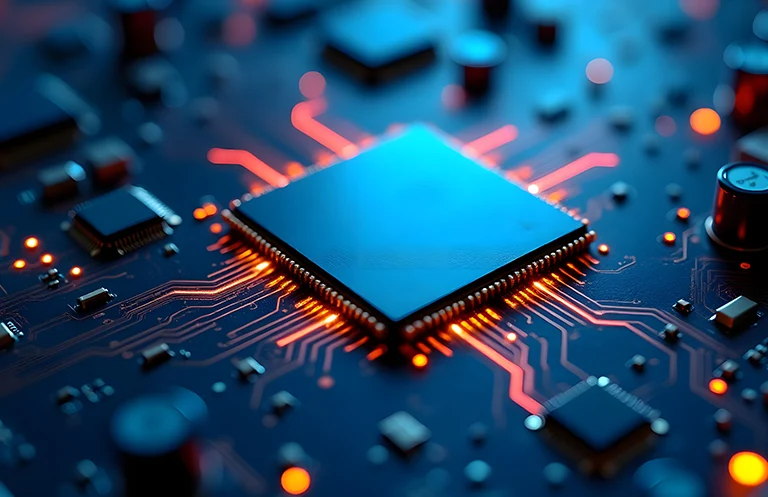Executive Summary
Nowadays most of the current System-on-Chip (Soc) circuits used in the semiconductor industry involve blocks with multi-million gates in the design. As we go down the technology node, we see an increase in total transistor count making it challenging to cope with signal integrity. Crosstalk is the phenomenon where there is a charge transfer from one wire to another, which could lead to timing violations such as setup violations, hold violations, and min period violations causing a complete chip functionality failure. The discussion around crosstalk and its effects generally involves two terms – victim and aggressor. An aggressor is a fast-switching interconnect that induces charge transfer through the coupling capacitance onto the nearby routed interconnect. A victim on the other hand is the interconnect that takes the effect of charge transfer by the aggressor interconnect.
Project Highlights

- Introduction to Intrinsic Safe Products
- Applicable Standards
- Electronics Design Consideration
- Cable Selection





